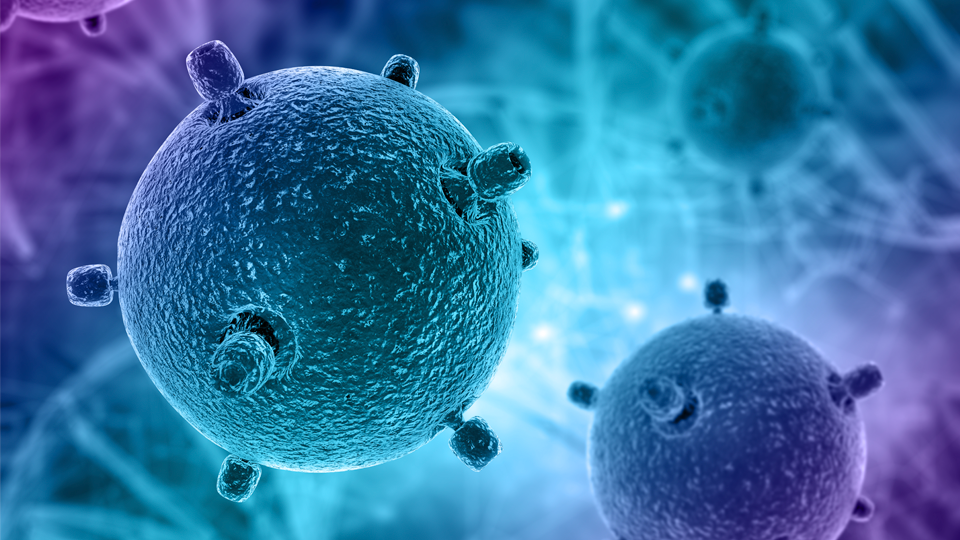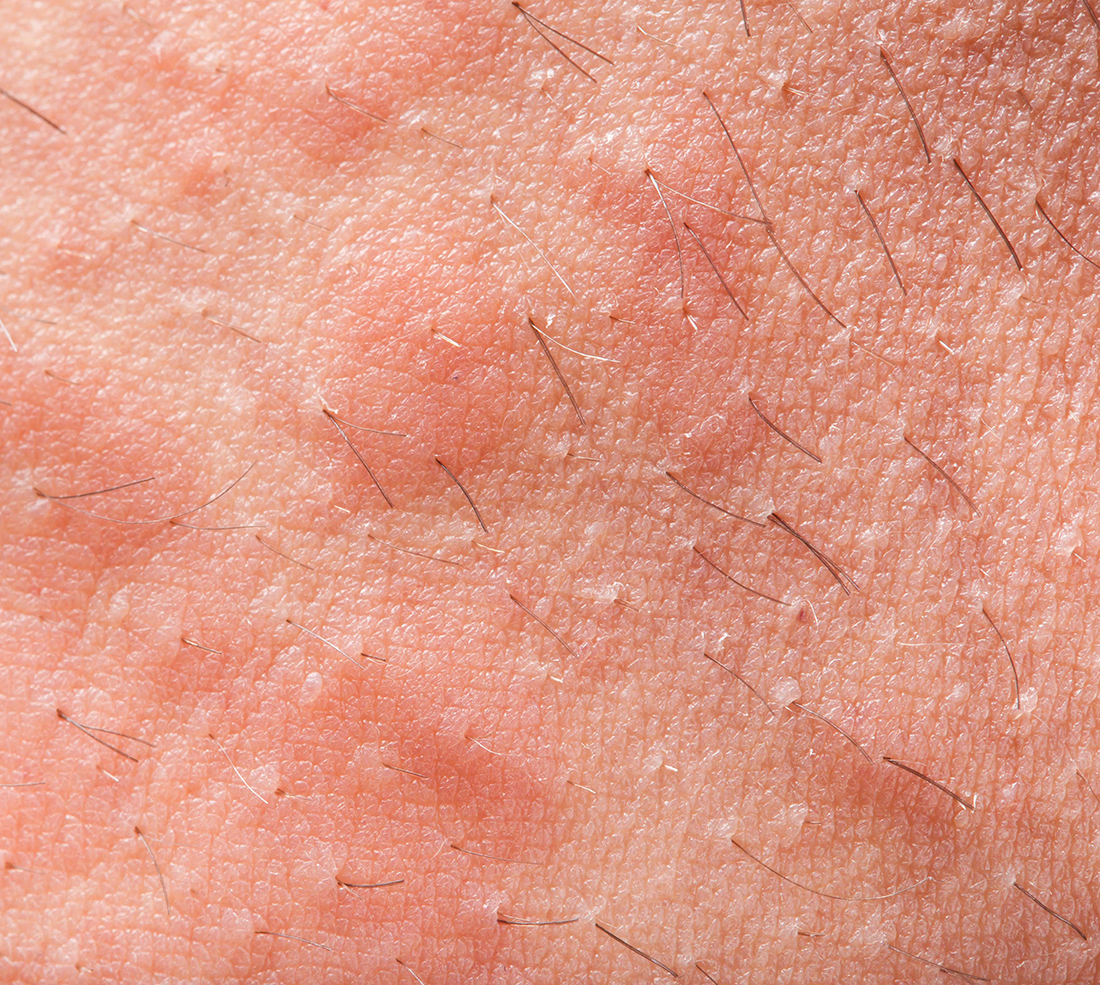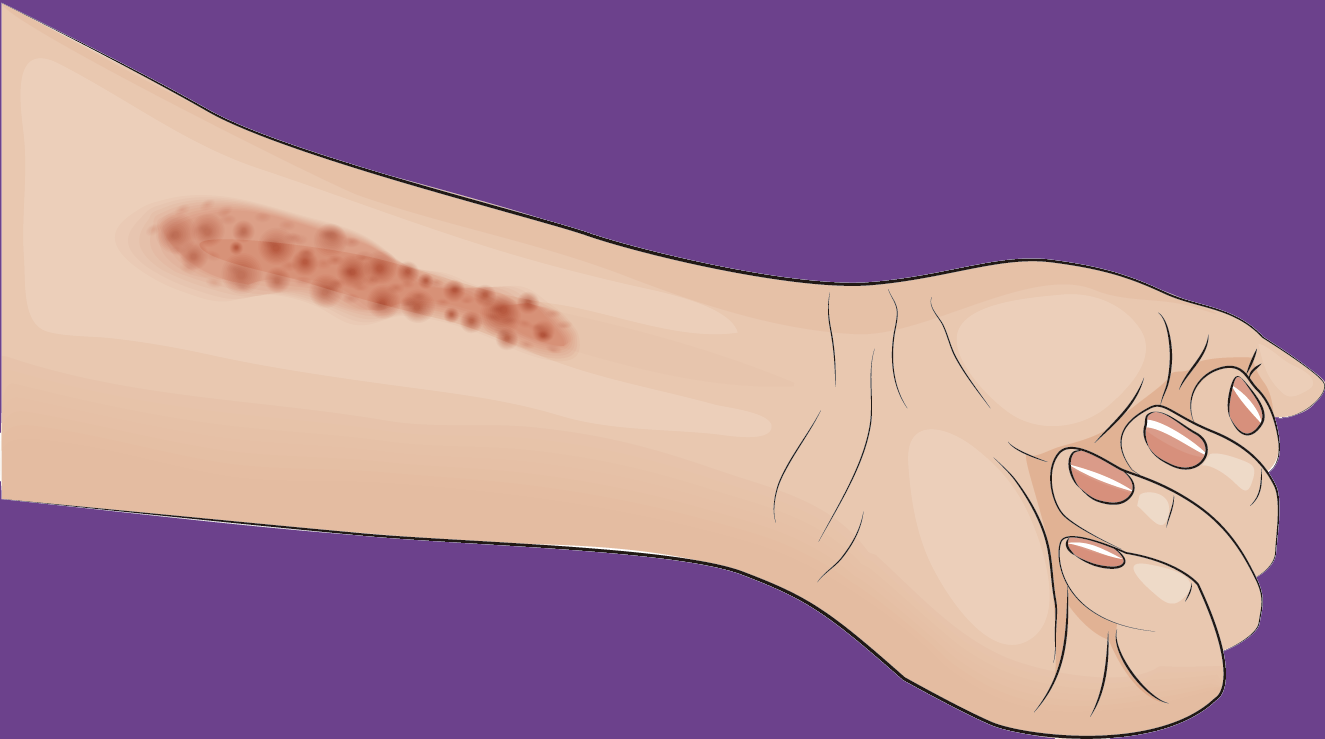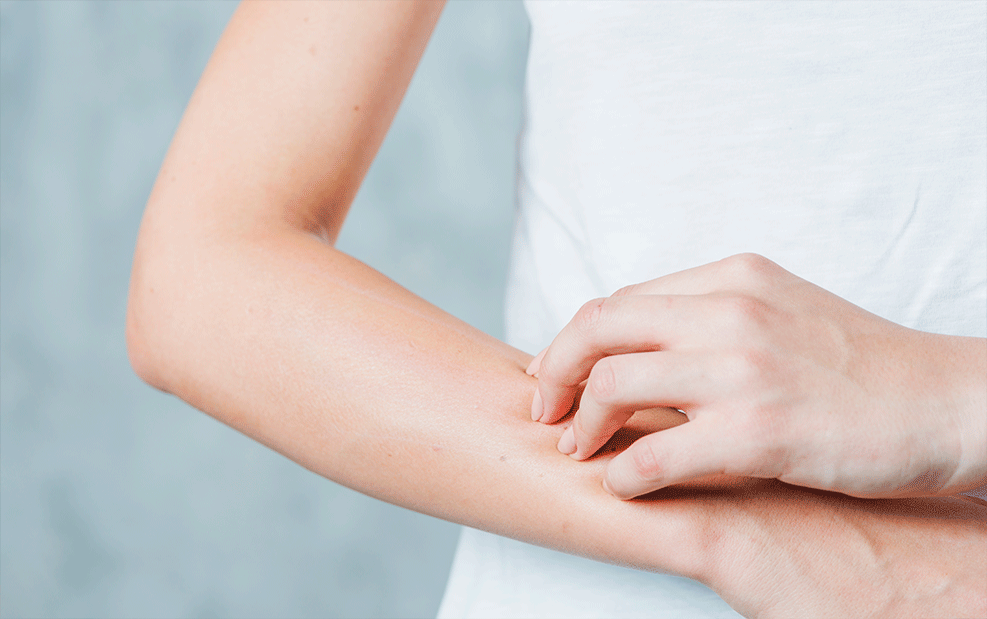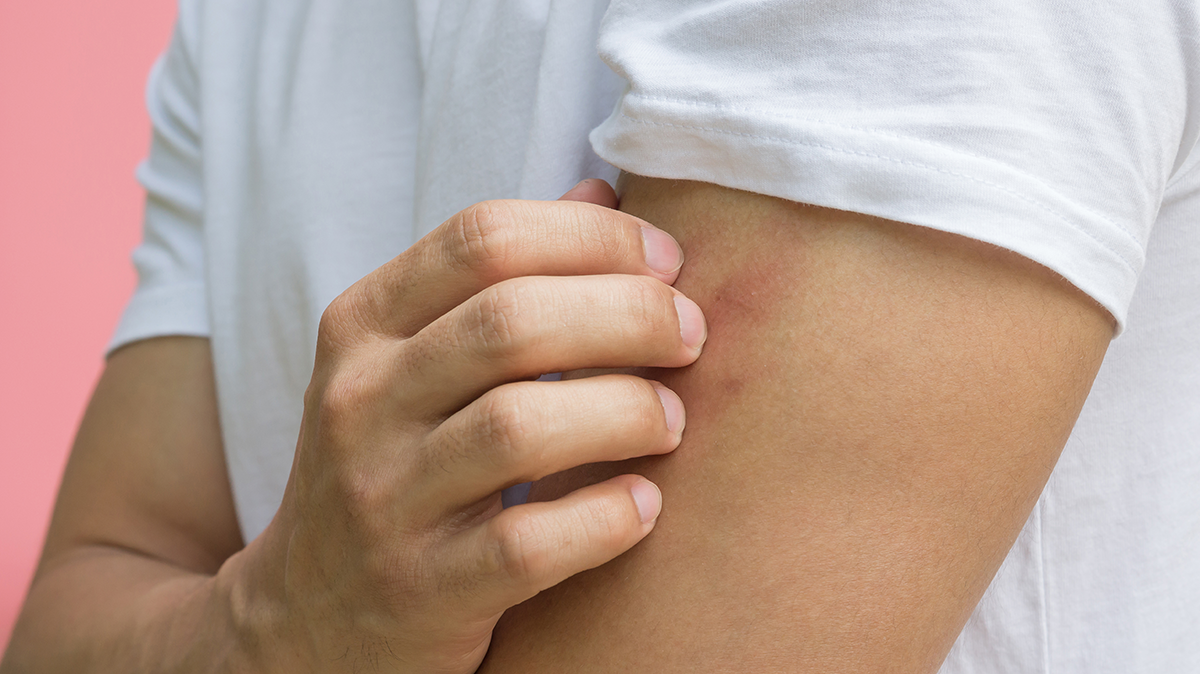
Pavel Kolkhir, Martin K. Church, Sabine Altrichter, Per Stahl Skov, Tomasz Hawro, Stefan Frischbutter, Martin Metz, Marcus Maurer.
(2019) The Journal of Allergy and Clinical Immunology: In Practice
Chronic spontaneous urticaria is characterized by the degranulation of skin mast cells and the influx of basophils and eosinophils to affected skin sites. Blood basopenia has been linked to severe antihistamine-resistant urticaria and type IIb autoimmunity, whereas the role of eosinophils in chronic spontaneous urticaria is largely unknown.
This study analysed the prevalence, role and relevance of eosinopenia of 1613 patients with chronic spontaneous urticaria from two centres. Peripheral blood eosinophil and basophil counts were analysed, and patient files were screened for clinical characteristics, results of laboratory tests, the autologous serum skin test, the serum-induced basophil-histamine release assay, and response to second generation H1-antihistamines and omalizumab.
Ten percent of the patients analysed had eosinopenia. This was also associated with being female, high disease activity, autologous serum skin test and basophil-histamine release assay positivity, low total IgE and high levels of C-reative protein and IgG-anti-TPO. Non-responders to treatment had even lower eosinophils compared to responders. Blood eosinophil counts correlated with basophil counts and 81% of patients with undetectable eosinophils had basopenia.
Investigators concluded that the combination of eosinopenia and basopenia is a better predictor of non-response to sgAHs than eosinopenia alone and that eosinopenia in patients with chronic spontaneous urticaria is associated with type IIb autoimmunity, high disease activity and poor response to treatment. This makes eosinophils as excellent biomarkers for the management of people with chronic urticaria.


